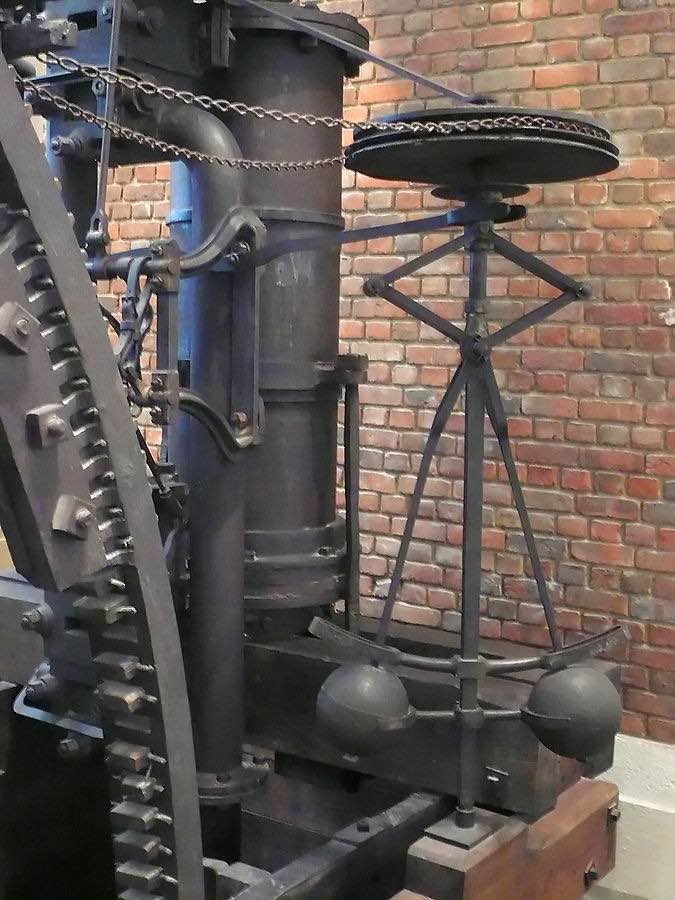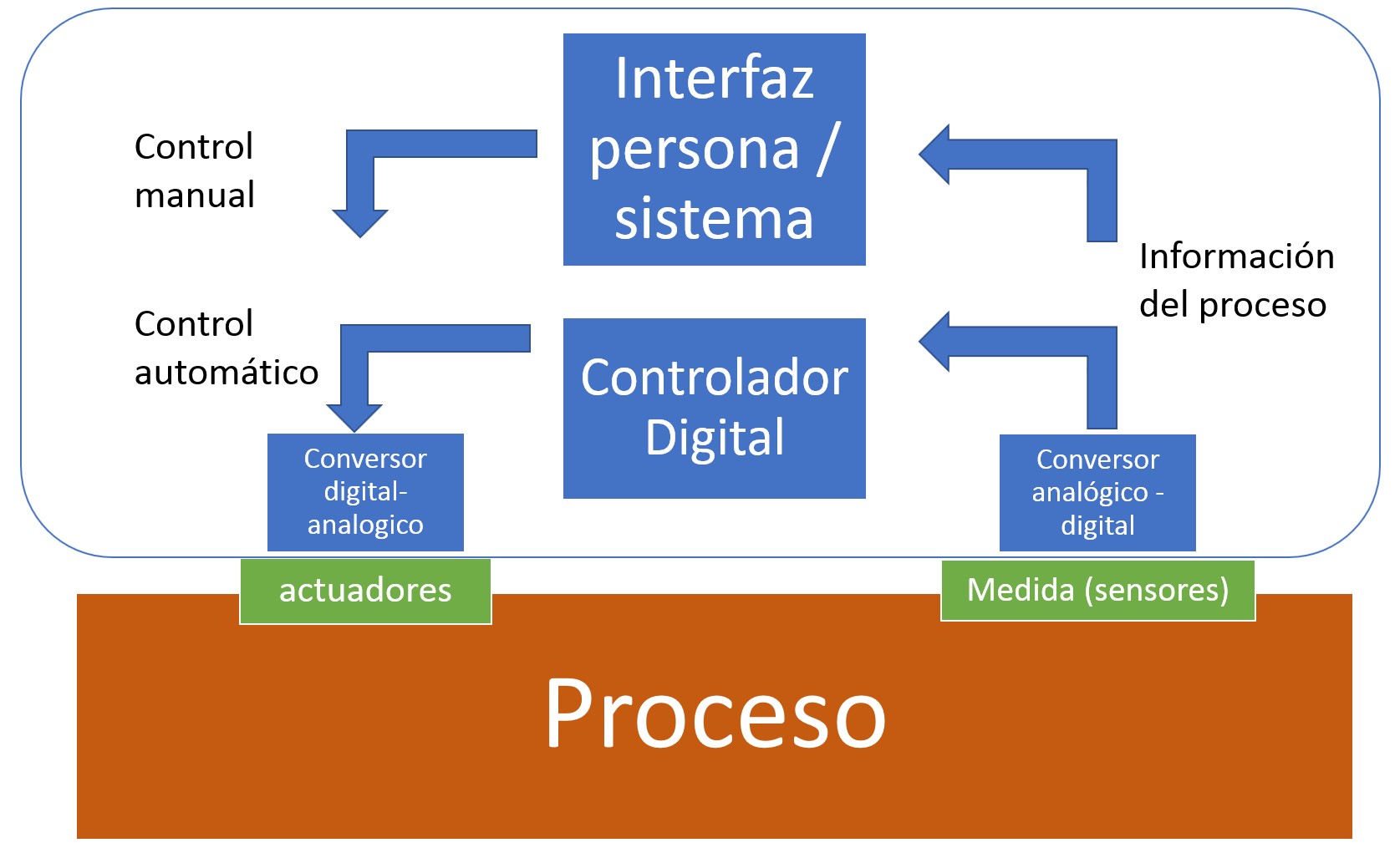What is a digital control system? What is a distributed control system? Are they one and the same thing? What types of digital control systems are there? In this article we will be answering these questions, but to do this we shall first have to go back to the beginnings of control systems.
What is a control system?
Let us begin with a definition of a control system. A control system is a set of elements that allows another system or process to behave in a previously established manner. The earliest control systems in history were mechanical or hydraulic devices, with the first pneumatic controllers appearing in the 1920’s.
Analogue electronic controllers appeared at the end of the 1950’s, replacing pneumatic tubes with electrical connections. The control action was implemented through the use of electrical components such as resistances, capacitances and transistors. Examples of these early control systems are shown in the following photos.

What is a digital control system?
When computers came onto the scene, their obvious applicability to control soon became apparent and digital control systems started to appear. A digital control system is a control system that processes signals coming from sensors by means of a computer. The analogue signal (continuous in value and time) has to be sampled and take discrete values at given time intervals. This process is known as signal digitalisation.
These control systems, which include analogue-digital conversion, are also known as direct digital control systems. The application of the computer to the control of processes marked an enormous technological breakthrough, which led to the implementation of new control models in the industrial environment, making it possible, for example, to develop navigation in space.

Which are the main digital control systems?
There are different digital control systems that have evolved from different types of analogue controls.
For example, at the end of the 1960’s industry was investigating new technologies in search of a more efficient solution to replace control systems based on electrical circuits with relays, normally used for the all-or-nothing control of assembly line machinery. This led to the first PLC or programmable logic controller.
Distributed control systems or DCS’s appeared later, at the end of the 1970’s, in the area of the control of continuous processes, in the petrochemical and paper industries, electricity generating stations, water treatment plants, the pharmaceutical industry, etc.
They came about with the need to take advantage of the capabilities of the first computers to improve the competitiveness of companies, and were used initially to replace analogue panels in remote process supervision tasks. As a result, the concept of digital monitoring and control systems at the level of complete processes put in an appearance.
The term ‘distributed’ points to the fact that the control might reside in different computers distributed in different locations, but with an architecture allowing for communications between them and the sharing and display of information in the control room.
What are the similarities and differences between PLC ‘s and distributed control systems?
Although originally PLC’s focussed on the all-or-nothing control of items of equipment (opening or closing of valves, start-up or shutdown of motors, etc.), in a local area and DCS’s on the implementation of digitalised analogue signal regulation loops, their subsequent evolution has led them to converge. The manufacturers of DCS’s progressively incorporated items for all-or-nothing actions, in fact by combining DCS’s and PLC’s within one same control architecture.
For their part, the manufacturers of PLC’s incorporated more advanced analogue loop control functions in their equipment, providing them with increasing levels of performance comparable to those of simple DCS’s, thereby contributing to a certain confusion regarding the limits separating the two system types.
The following figure shows the elements of a digital control system, either a PLC or a DCS.
As regards differences, one of the most important is that PLC’s need a SCADA system to be able to fulfil the operator interface function, which is already integrated in a DCS.
This requires PLC + SCADA systems to maintain two databases, while with DCS’s there is a single database. In addition, DCS’s usually incorporate more advanced characteristics, such as self-diagnosis, intelligent instrument management, data mining and analysis, alarms administration, etc.
At Tecnatom we work with DCS’s and PLC’s from different manufacturers, both for the implementation of specific solutions in the processes of our clients and for their integration in our simulators (we replace the process with our simulators).






